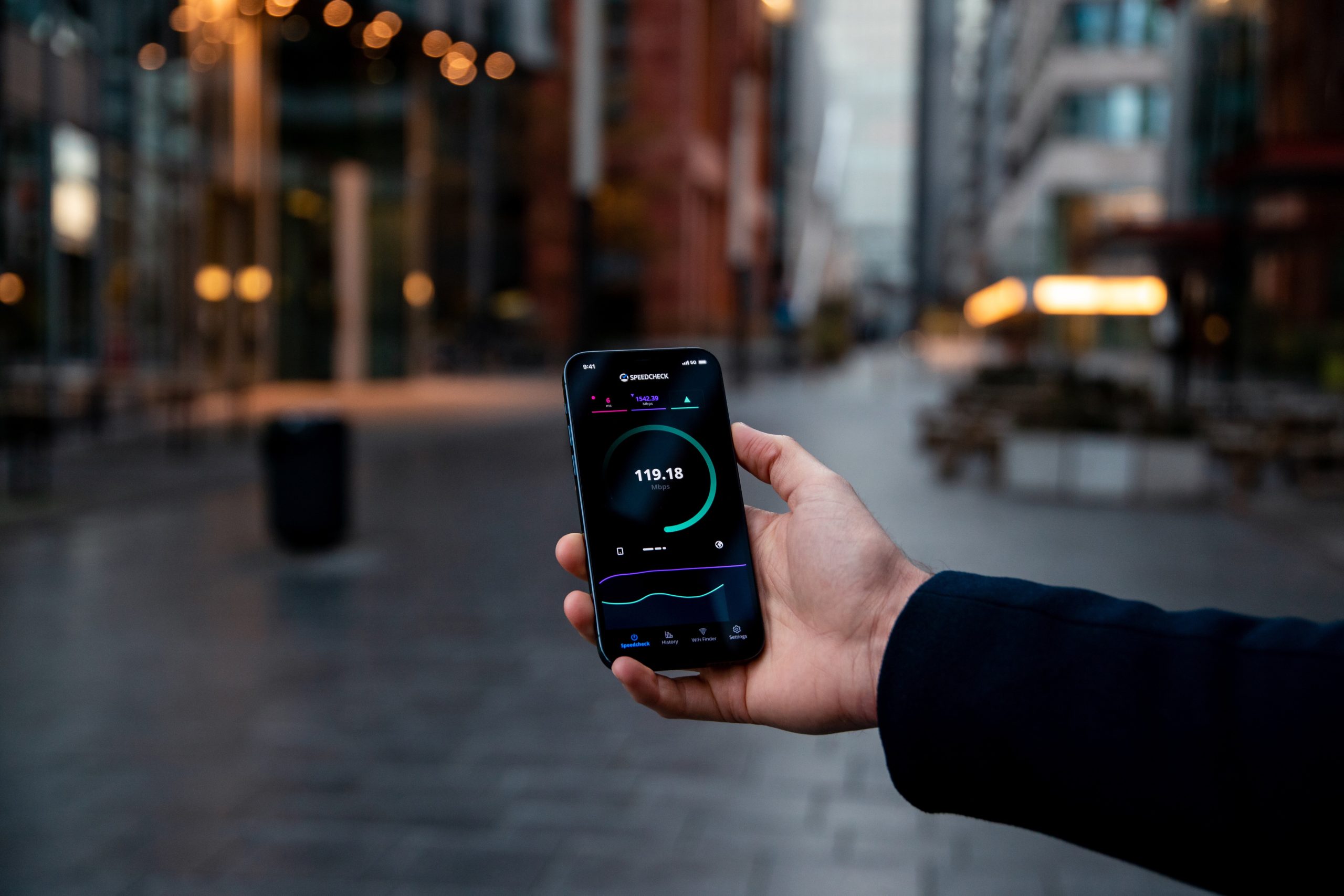Introduction
The telecom industry in America is undergoing a transformation, and it’s all thanks to the Internet of Things (IoT). With its ability to connect devices and collect data, IoT is revolutionizing how telecommunication services are delivered. This technology has opened up new opportunities for businesses, consumers, and service providers alike. In this blog post, we’ll explore the top ways that IoT is changing the telecom industry in America – from enabling smarter cities to improving customer experiences. So buckle up and get ready for an exciting ride!
IoT in the Telecom Industry
1. Telecommunications providers are increasingly turning to IoT technologies to improve their operations. For example, Deutsche Telekom is using IoT data analytics to optimize network usage and enhance customer experience.
2. Telecom providers are also investing in IoT-based services that can improve customer experience and increase business efficiency. For example, AT&T is currently offering a suite of IoT-based services that automate tasks such as billing and maintenance.
3. In addition, telecom providers are exploring ways to use IoT technologies to create new revenue streams. For example, Verizon is using IoT sensors to monitor energy consumption in businesses and identify areas where energy efficiency improvements can be made.
4. Finally, telecom providers are working together to develop standards for the deployment of IoT systems across the industry. For example, the IEEE has developed a standard for the deployment of connected vehicles and wearables.
Benefits of IoT for the Telecom Industry
Innovation is key for the telecom industry, and IoT is right at the forefront of change. Already, IoT has made a big impact on how we live and work. Now it’s helping to revolutionize the telecom industry. Here are just a few of the benefits of IoT for telecom providers:
1. More efficient networks: By connecting devices in real time, IoT can help operators optimize their networks for better performance. This reduces waiting time for users and improves overall network efficiency.
2. Cost savings: With IoT devices collecting data passively, telecom providers can save money on energy consumption and other costs associated with maintaining traditional data collection systems.
3. Greater customer satisfaction: By using smart technologies such as sensors and artificial intelligence, telecom providers cancustomers more effectively by detecting and resolving issues quickly. This boosts customer loyalty and helps businesses achieve higher ROI (return on investment).
4. Enhanced security: With devices constantly streaming data, telecom providers can improve security by monitoring traffic patterns and identifying threats early on. In addition, they can use AI to create personalized safety tips for customers in case of emergencies.
Challenges of IoT for the Telecom Industry
IoT is quickly making its way into our everyday lives, with more and more devices becoming connected to the internet. But as IoT becomes more prevalent, it also presents new challenges for telecom providers. For example, how can telecom companies manage an ever-growing number of devices and sensors? And what security measures should they take to protect against potential cyber attacks?
One of the biggest challenges for telecom providers will be managing an ever-growing number of devices and sensors. According to Cisco, there are now over 100 billion internet-connected things (IoT) in the world, and that number is only going to grow. This means that telecom companies will need to find ways to manage all of these devices and sensors efficiently.
Another challenge that telecom providers will face is cybersecurity. According to a study by Verizon, almost two thirds of businesses say they’re struggling with cybersecurity threats. This means that Telecom providers need to take measures to protect their networks from potential cyber attacks. For example, they can use security protocols like firewalls or intrusion detection systems (IDS)‐to prevent unauthorized access or damage caused by hackers.
Conclusion
The telecommunications industry is quickly changing, thanks in part to the advancement of IoT. A connected world means that companies can track customer behavior and collect data more easily than ever before. This data can be used to improve customer service, target marketing campaigns, and much more. In addition, IoT disrupted the telecom industry by creating new opportunities for startups and small businesses to enter the market. I hope you have found this article on how IoT is changing the telecom industry helpful. If so, be sure to check out our other articles on topics like cybersecurity, 5 trends in telco technology that will impact your business soon, and why you should partner with a telco provider. Thanks for reading!










